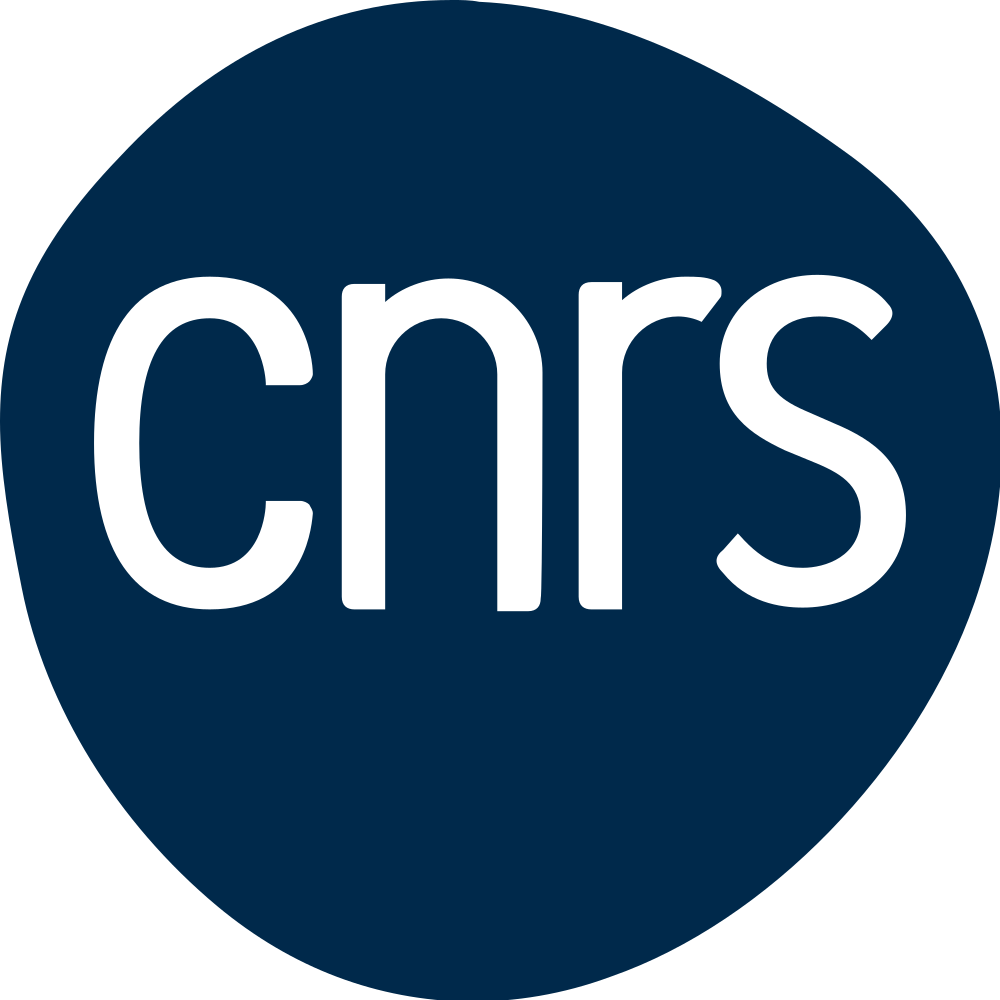Imagerie super-résolue
The advent of super-resolution microscopy, recognized with the Nobel Prize in Chemistry 2014, has revolutionized the field of optical microscopy and its applications. These techniques surpass the classical diffraction limit (typically ~250 nm) by up to one order of magnitude (~20 nm). With such unprecedented resolution, we have access for the first time to the organization and intracellular mechanisms at the molecular level in the functional cell.





Notably among super-resolution methods, single-molecule localization microscopy (SMLM) reveals not only new structural details but also gives access to other physical variables. The analysis of a set of single molecule data contains spatial organization information and reveals hidden phenomena about molecular dynamics and stoichiometry of a given biochemical processes (Cisse et al, 2013 ; Izeddin et al, 2014).
At the Institut Langevin, we make use of original SMLM approaches for different biophysical and materials science applications, and we are committed to the development of novel optical tools that represent technological and conceptual breakthroughs in the field.
Highlights
Sub-nanometer stabilization and absolute axial position measurements
Main researcher : Emmanuel Fort
One major limitation preventing to take to fully take advantage of the resolution achievable by super-resolution microscopy comes from mechanical and thermal drifts during experimental acquisition. Researchers at the Institut Langevin, in collaboration with the ISMO and the Institut Fresnel, have developed a technique that is sensitive to phase shift giving access to sub-nanometer axial position measurements. This original approach gives an unprecedented stabilization of 0.7x0.7x2.7 nm3 (Bon et al, 2015) in real time and simultaneous with the fluorescence super-resolution acquisition.
In collaboration with the ISMO, we have also introduced the use of supercritical emission in super-resolution microscopy in order to obtain an absolute nano-localization of the axial position of single fluorescent emitters. This technique, named DONALD for direct optical nanoscopy axially localized detection, makes use of the measure beyond the critical angle of the evanescent wave component of the emitted electromagnetic field when the emitter is close to an interface (the glass coverslip).
The DONALD method achieves an axial localization precision of 15 nm within the first 200 nm away from the coverslip (Bourg et al, 2015). This approach is compatible with multi-color labeling, which has given access to the 3D molecular architecture and the molecular mechanisms behind cell adhesion by the podosomes (Bouissouet al, 2017).

Single-molecule localization and fluorescence lifetime measurements
Main researchers : Valentina Krachmalnicoff and Ignacio Izeddin
The above-mentioned techniques rely mainly on fluorescence intensity measurements. In a different microscopy approach, fluorescence lifetime imaging microscopy or FLIM, the fluorescence lifetime rather than the intensity is used to create an image. Fluorescence lifetime is characteristic of the emitter environment and FLIM is used in a growing number of fields around the disciplines of biology, medicine and materials science.
At the Institut Langevin, we have conceived and are developing a novel microscopy system capable of simultaneously detecting single fluorescent molecules as well as their fluorescence lifetime, and thus obtaining super-resolved fluorescence lifetime images. So far, we have applied this original technique to plasmonic structures and show that we can obtain a super-resolved cartography of the local density of electromagnetic states (LDOS) of silver nanowires. We are now working towards new and exciting applications in the field of bioimaging and biophysics. With this novel tool, we will be able among other examples to directly visualize protein-protein interactions at the molecular level in the functional context of the living cell, simultaneously accounting for their spatial organization and dynamics. This represents a major breakthrough in the quantitative study of cell biology and biochemistry.

As with many other inventions created at the Institut Langevin, we have filed a patent application for this microscopic device and we aim at developing its commercial potential.
Some related publications
– Miné-Hattab, J., Recamier, V., Izeddin, I., Rothstein, R., and Darzacq, X. (2017). Multi-scale tracking reveals scale-dependent chromatin dynamics after DNA damage. Mol. Biol. Cell mbc.E17-05-0317.
– Bouissou, A., Proag, A., Bourg, N., Pingris, K., Cabriel, C., Balor, S., Mangeat, T., Thibault, C., Vieu, C., Dupuis, G., et al. (2017). Podosome Force Generation Machinery : A Local Balance between Protrusion at the Core and Traction at the Ring. ACS Nano 11, 4028–4040.
– Bourg, N., Mayet, C., Dupuis, G., Barroca, T., Bon, P., Lécart, S., Fort, E., and Lévêque-Fort, S. (2015b). Direct optical nanoscopy with axially localized detection. Nat. Photonics 9, 587–593.
– Bon, P., Bourg, N., Lécart, S., Monneret, S., Fort, E., Wenger, J., and Lévêque-Fort, S. (2015). Three-dimensional nanometre localization of nanoparticles to enhance super-resolution microscopy. Nat. Commun. 6.
– Izeddin, I., Récamier, V., Bosanac, L., Cissé, I.I., Boudarene, L., Dugast-Darzacq, C., Proux, F., Bénichou, O., Voituriez, R., Bensaude, O., et al. (2014). Single-molecule tracking in live cells reveals distinct target-search strategies of transcription factors in the nucleus. ELife 3.
– Cisse, I.I., Izeddin, I., Causse, S.Z., Boudarene, L., Senecal, A., Muresan, L., Dugast-Darzacq, C., Hajj, B., Dahan, M., and Darzacq, X. (2013). Real-Time Dynamics of RNA Polymerase II Clustering in Live Human Cells. Science 341, 664–667.









